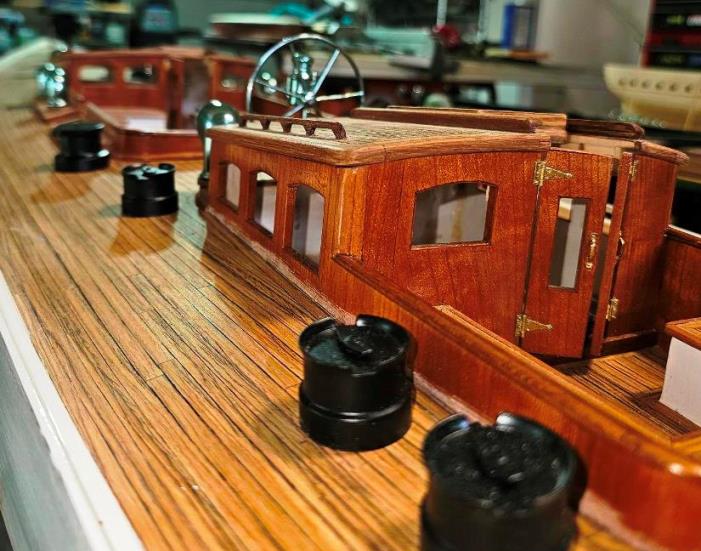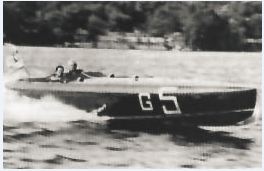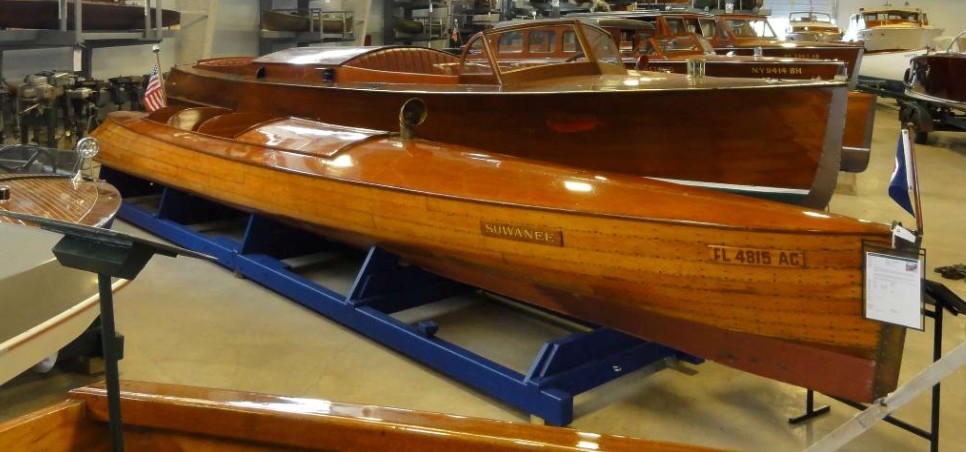
Thank you for your interest in this model! We feel this is one of the most accurate models of Lionheart on the market and hope you enjoy your construction adventure.
We are always interesting in hearing from builders so, if you would like to help us with design and construction ideas, please let us know. This is how we learn to improve our kit designs and also allows us to pass on good information to future builders.
INCLUDED IN THE FRAME SET:
The frame set itself includes the T-rail for the construction and the parts for the working cradle. This is the cradle you will use once you remove the frame set from the build board (the T-rail) and turn it over.
Design considerations for this model include a deepened keel and a more vertical rudder. Since we cannot scale the wind or the water, some compromises must be made in order to allow the boat to perform as a remote-control sailboat.
The design of the frame set includes our usual T-rail for construction and a working cradle for when the boat is lifted off the build rack.
The first job is to install the T-rail on a sturdy and very flat surface. The T-rail needs to be carefully aligned before parts are inserted. I recommend installing everything loosely first in order to get an idea of what parts will be a little tight or tricky to install and which parts will be fit more easily and require less fiddling.
Once you have an idea of how things will work, you can install the T-rail carefully on your building surface. Having installed everything loosely once, you will be more confident that everything should fit together nicely. Note that there are a couple of frames at the mast that fit in a single notch. If one starts from the bow with a few frames, and then from the stern with a few frames, it becomes evident that two frames must fit close together.
Don’t forget the rudder. A builder should start considering the positioning and functioning of the rudder as early as possible in the construction process. The design leaves a 1/8″ square space but this could be modified to make the space round and fit a slightly thicker shaft tube.
THE 3D-PRINTED PARTS FOR THE BOWN AND STERN:
The 3D-printed parts you see are offered as an optional package. Most builders will not need them. These parts can be purchased at the same time as the frame set or can be purchased later.
Planking should be quite straightforward. I would plank one plank on each side at a time, and make sure they are carefully aligned. At the sheer, one can plank right up to the edge, or a modeller could leave a small space for a plank that would create a toe-rail around the boat.
The design is intended for a 1/8″ thick hull. We do supply planking in clear pine, or walnut.
PLANKING REQUIREMENTS:
We recommend preparing 50 planks of 5/32″ x 3/8″ x 72″ for the hull and 25 planks of 1/8″ x 1/8″ x 48″ for the deck.
We do supply a PLANKING PACKAGE for this model in either clear pine or walnut.
Note that, in this particular construction, planking starts at the sheer line, where the modeller has pinned a thin plank in the deck notch in order to establish the sheer. Note, also, that in this first construction, the builder has added some thin stock to the inside of the frames to add a little stiffness. After seeing this, we have added a horizontal stiffener to the frame set itself.
The first plank is always the most exciting and needs to be attached with the most care. Note the nifty little Allen Key that is used to align the two first planks.
Solar power is used to create heat to steam the planks. The team box is made from a fluorescent tube protector, a plastic clear tube with a bit of water sitting in the sun for a few hours. Position the plank and clamp it down until it dries, when dry glue it down in the same spot.
Windex is used to soak the planks to make them more pliable. These planks are 5/32″ thick but 1/8″ planks may also be acceptable.
Note the frames are sanded up to, but not past, one edge. The frames are designed to be sanded in just this manner. If the sanding passes both edges, the original lines are compromised. Of course, the few middle frames are quite flat against the lines, and so the char should be completely removed.
The pencil marks show the high points when sanding.
The cradle is designed from the 3D model, so the fit is excellent!
So much fun to get to the point where we can flip the model!

Yup, that's me in front of the Gaspé, in Quebec

George Crouch’s Baby Bootlegger From Wikipedia: “Baby Bootlegger is an American wooden-built speedboat. It was designed by George Crouch for Caleb Bragg in early 1924, and

L.E. Fry’s 1909 Suwanee The original boat is in the Antique Boat Museum, in Clayton, New York. From the museum’s
Signup to get our information, news and insights on the hobby